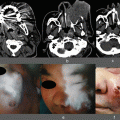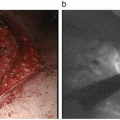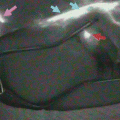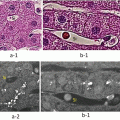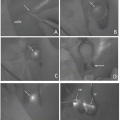First author
Study type
Patients (N)
SLN technique
Identification rate (%)
False-negative rate (%)
SLNs (N)
References
Kitai
Cohort
18
fICG
94
NA
2.8
[6]
Tagaya
Cohort
25
fICG
100
0
5.4
Am J Surg, 2008.
Dye
92
25
2.3
Murawa
Cohort
30
fICG
97
10
1.75
Br J Surg, 2009.
20
RI
85
23
1.35
Abe
Cohort
128
fICG
100
0
3.1
Surg Today, 2011.
Dye
65.4
42
1
Hojo
Cohort
113
fICG
100
NA
3
Breast, 2010.
Dye
92.9
NA
1.9
29
fICG
93.1
NA
3
RI
100
NA
2
Hirche
Cohort
43
fICG
97.7
NA
2
Breast Cancer Res Treat, 2010.
Aoyama
Cohort
312
fICG
100
NA
3.41
World J Surg Oncol, 2011.
Tagaya
Cohort
50
fICG + dye
100
NA
3.7
World J Surg, 2011.
Wishart
Cohort
100
fICG
100
0
1.93
Eur J Surg Oncol, 2012.
RI
91.3
0
1.5
Dye
99
0
1.84
Polom
Cohort
28
fICG + RI
96
NA
2
Eur J Surg Oncol, 2012.
21
fICG:HAS + RI
100
NA
2
Hirche
Cohort
47
fICG
97.9
5.3
2
J Surg Oncol, 2012.
Van der Vorst
RCT
12
fICG
100
NA
1.6
[7]
RI
100
NA
Dye
84
NA
12
fICG
100
NA
1.5
RI
100
NA
Schaafsma
Cohort
32
fICG
100
NA
1.5
Br J Surg, 2013.
RI
100
NA
Dye
88
NA
Sugie
Cohort
99
fICG
99
NA
3.4
[9]
Dye
Stay updated, free articles. Join our Telegram channel

Full access? Get Clinical Tree

 Get Clinical Tree app for offline access
Get Clinical Tree app for offline access

